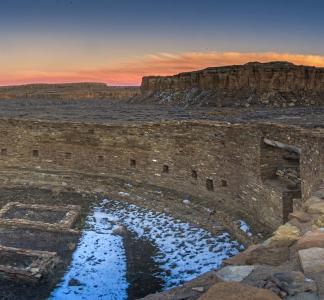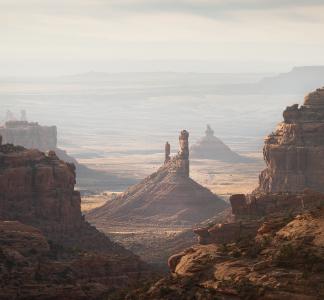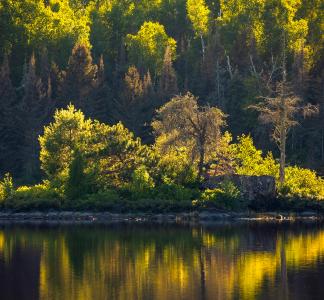Great news: New oil and gas leasing banned from public lands around Chaco Canyon
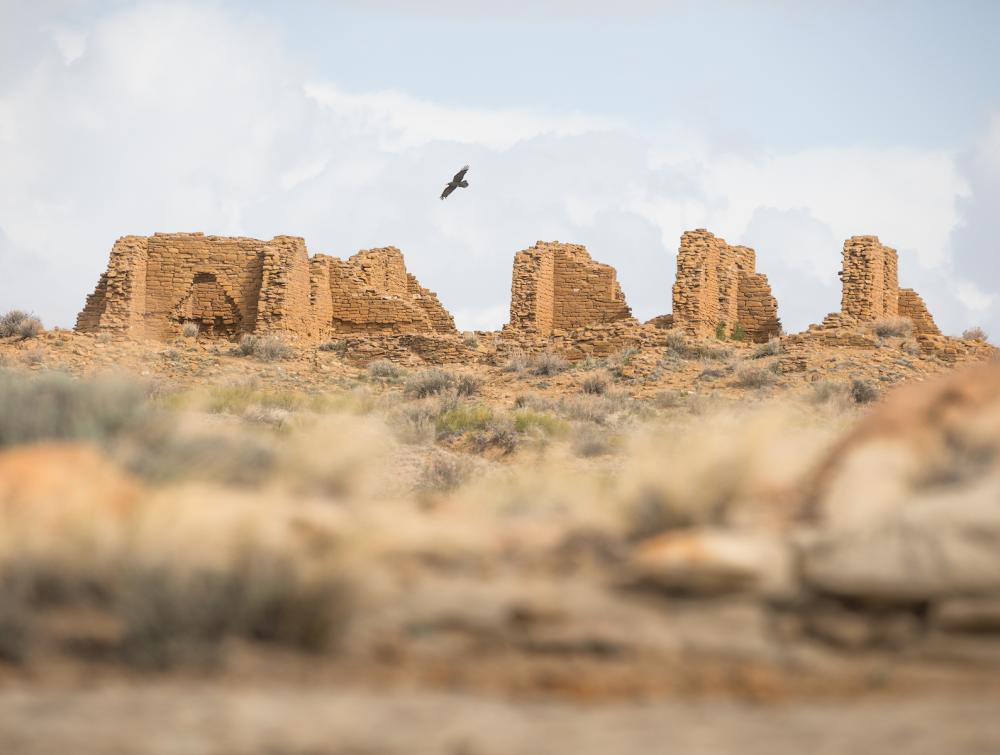
Chaco Canyon National Historical Park, NM
Mason Cummings, TWS
Indigenous communities have long asked to protect cultural site
Great news! Interior Secretary Deb Haaland has approved a plan to ban new oil and gas leasing and development on public lands within 10 miles of Chaco Culture National Historical Park in New Mexico. The 20-year mineral withdrawal will protect irreplaceable cultural, historic and natural resources from future development. It is also a direct response to Pueblo, Hopi, Diné and other Indigenous Peoples and Tribes throughout the Southwest -- and their plea to protect the sacred landscape.
In November of 2021, President Biden and Interior Secretary Haaland announced the Department of the Interior’s (DOI) consideration of the withdrawal. The Interior Department began the withdrawal process two months later, kicking off formal Tribal consultation and a comment period allowing the public to voice their support for the protection of this living cultural landscape.
Throughout 2022, Pueblo, Diné and other local residents – as well as advocates around the country – sent the administration more than 160,000 public comments calling for the withdrawal, rallied in Albuquerque and stood in solidarity with Pueblo leaders as they flew to Washington, DC to advocate for the landscape in-person to Secretary Haaland.
Now Secretary Haaland has finalized the withdrawal, protecting the region from new development for 20 years.
A sacred landscape threatened by oil and gas development
One thousand years ago, Ancestral Puebloan people would gather at the site to take part in rituals and meetings. Today, the surprisingly intact remains of roads and structures offer a glimpse into this ancient world. More than that, they are a direct connection between modern-day Pueblo, Hopi and Diné people and their culture and ancestors.
In spite of Chaco Canyon’s significance and recognition as a UNESCO World Heritage site, in the last century, the park has become surrounded by oil and gas development. Oil rigs, heavy machinery and other structures have slowly but steadily advanced towards the park’s borders. The resulting air, noise and visual pollution threaten the historical site and compromise the health and well-being of nearby Tribal communities.
For years, Tribal communities have called for bold action—and the Biden administration has finally delivered.
While not permanent, this 20-year withdrawal goes a long way to recognize and safeguard Indigenous rights. The move to ban fossil fuel development around Chaco Canyon is also an important step to confront the climate crisis that disproportionately impacts Indigenous communities.
The Biden administration is also establishing a framework through which federal agencies can protect other Tribal sacred sites. The agencies will consider these sites early in their decision-making process, hold formal consultations with Tribal Nations and incorporate Indigenous knowledge when assessing potential impacts.
Separately, the White House has formally recognized traditional Indigenous ecological practice as an important part of the U.S.’ body of scientific, technical, social and economic advancements. The administration should continue to prioritize Indigenous voices and knowledge.
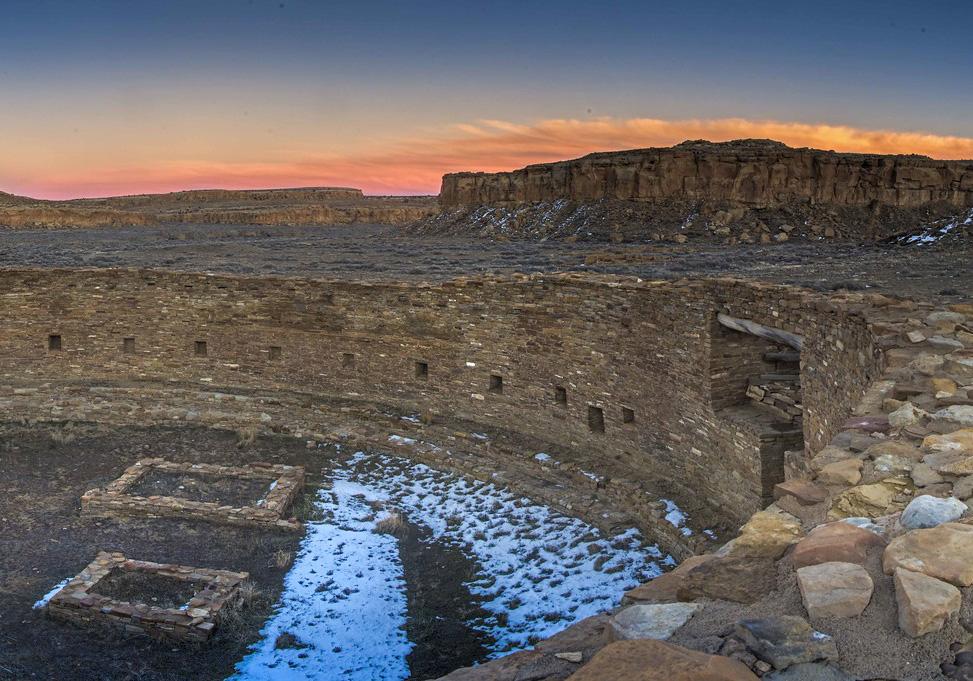
Chaco Canyon, New Mexico
Andrew Kearns/FLICKR CC BY 2.0
Next step: permanent protection
Achieving protections for this landscape for 20 years is a huge victory. Work will have to continue to make sure this area is permanently protected. Last month, New Mexico’s congressional delegation reintroduced legislation that would formally protect a 10-mile zone around the park from new oil and gas development.
Legislators should move swiftly to pass this legislation and ensure the interests of Tribes and local communities are put ahead of the oil and gas industry.
